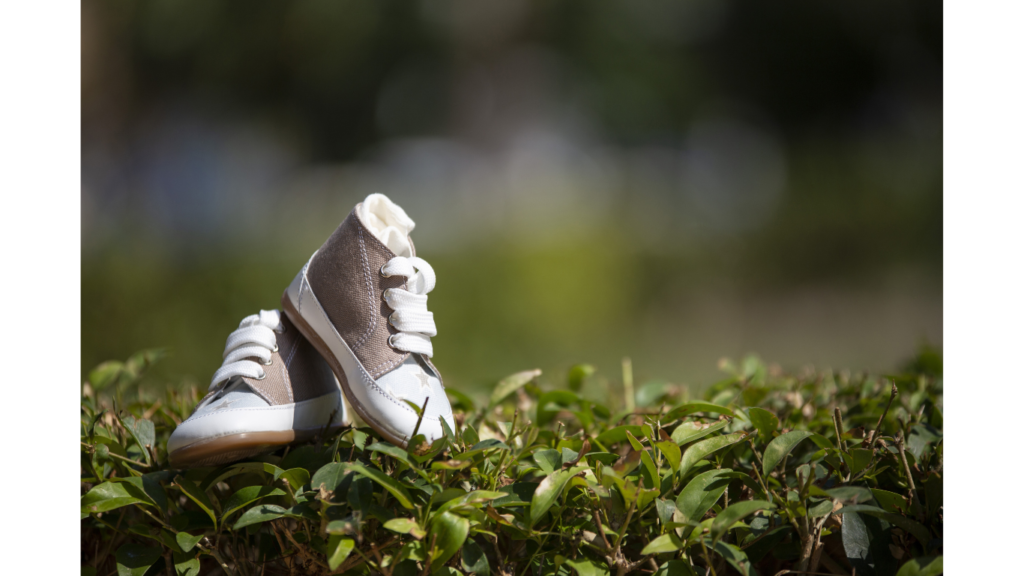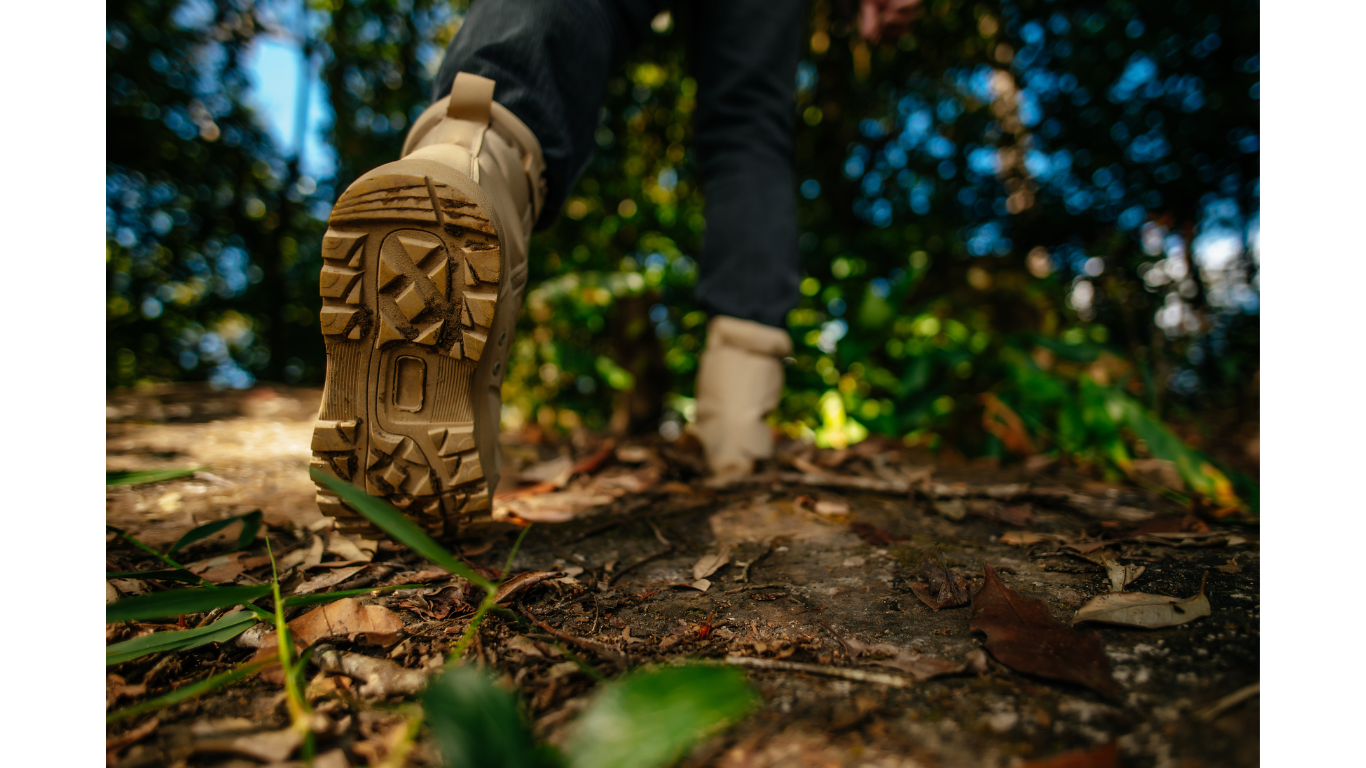Shoe companies have witnessed C-suite leaders prioritize sustainability, a shift in company cultures showing the footwear industry making giant strides beyond corporate promises. Stakeholders are developing KPIs and bullish strategies to foster ESG reporting. Although the COVID-19 pandemic has had a compelling impact on industries, 2023 through 2030 should see more companies start to report sustainability both to the public and internally.
With millions of footwear inundating landfills, manufacturing of environmentally preferred materials (EPMs) has become pronounced. Sustainable use of resources, including water, energy and materials, has become the next big thing. Prominently, Adidas is contemplating replacing virgin polyester with recycled polyester by 2024. The footwear giant is bullish that 9 out of its 10 articles will have a sustainable material by 2025. Moreover, in 2021, the sportswear company aimed to use recycled marine plastic waste to manufacture 17 million pairs of shoes. During the period, Tier 1 suppliers attained a 15% dip in water intensity, while Tier 2 suppliers observed an 18% plunge.

Forward-looking companies are zeroing in on augmenting the adoption of renewable energy and boosting energy efficiency. Gen Z and millennials are expected to seek products made from materials that can be recycled, reused or repurposed. Besides, socially compliant and sound corporate governance-focused companies will remain ahead of the curve in a competitive footwear industry.
Environmental Perspective
Contract manufacturers, material vendors and shoe companies have upped their environmental strategies to tap into the potential opportunities and enhance their ESG profiles. In essence, Caleres Inc. is vying to recycle, reclaim, or refurbish 90,000 pairs of shoes each year. The American footwear brand mentioned in its inaugural ESG report that environmentally preferred materials will be used for 25% of footwear sold in Famous Footwear. Moreover, the EPM will also be used in 100% of Caleres products and shoeboxes by 2025. Footwear material solution providers have furthered their emphasis on recycled materials, bio-based materials, waterless dying, material consolidation and waste reduction to propel their shoe sustainability profiles.
Social Perspective
Lately, incorporating diversity, equity and inclusion (DEI) has become the talk of the town as leading players strive to create a positive change in the industry, protect the rights of employees and leverage a culture of acceptance and belonging. To illustrate, Nike had a 50.4% representation of women in the global corporate workforce during FY 2021. NIKE Impact Report notes that the American multinational company has 100% pay equity across all employee levels on an annual basis and offers equitable and competitive benefits for all employees. It also fostered relationships with more than 50 external partners, such as Lesbians Who Tech, the Mom Project and Women Who Code, enabling the footwear behemoth to hire candidates from various backgrounds. Considering the soaring demand for socially sustainable footwear, leading shoe brands are poised to emphasize ESG pillars.
Governance Perspective
The significance of sound corporate governance has gained new heights to oversee sustainability initiatives, DEI opportunities, community affairs and labor practices. In essence, at Puma, leaders from CEO to the Team Head level have clearly defined sustainability targets in line with its Forever Better Sustainability Strategy. It is worth noting that the strategy is based on 10FOR25 target areas, including Human Rights, Climate Action, Plastic and the Oceans and Circularity, to integrate sustainability into the core business functions.
The German sporting goods company has underscored gender balance at management levels and reinforced the ratio of women in leadership positions. As of November 2022, women have filled 44% of leadership positions at Puma. Further, employees in leadership positions are trained in intercultural communication, diversity and inclusion, exhibiting commitment to a tolerant and open work environment through buoyant governance.
The effective implementation of ESG practices, along with organic and inorganic growth strategies, has become paramount to adding value to the company’s growth. To put this in perspective, footwear companies are poised to use sustainability to systematically address challenges focusing on technological advancements, geographical expansion, ESG reporting and bullish sustainability targets. For instance, by May 2021, On met its goal to use 100% recycled, FSC-certified cardboard, as well as 100% recycled HDPE in its apparel packaging, the Zurich-based athletic company stated in the Impact Progress Report 2021.
Given the social and political pressure shoe companies grapple with, industry leaders are expected to act proactively to stay ahead of the game. According to Grand View Research, the global footwear market size stood at USD 373.19 billion in 2021 and could depict a 4.3% CAGR between 2022 and 2030.
Interested to have more information on the footwear sector? Then please read
Footballer Mohammed Kudus signs with Skechers
PUMA launches major brand campaign to strengthen Sports Performance Positioning
Sam Edelman Adds New Licensing Partners and Expands Its Lifestyle Categories




















